
Revelation Hope – The Lion, the Lamb and the Throne
Before we Begin
As we move into this part of understanding Revelation, you will notice another principle repeated many times.
The last words of a scene can at times summarise what has just been said and introduce a key element for understanding what is to come in the next scene. Here is a guide post for helping us understand the seals:
Revelation 3:21 gives us a summary of the basic content of what is to be given in chapters 4 to 7, where we have the throne scene followed by the seven seals. In the letters to each of the seven churches, the “over-comers” are promised rewards; the Laodiceans’ promise is the climax and the best—to sit with Jesus on His throne. But we had to wait until Revelation 4 to find out about the throne room.
The Throne Room Scene
In Revelation 4:1, we begin to see what is happening in heaven: “…there before me was a door standing open in heaven.”
Revelation 4 and 5 reveal the throne room scene in heaven. God the Father is on the throne in Chapter 4. In Chapter 5, Jesus is standing in the centre of the throne. It is not until Chapter 7 that we see the redeemed joining in the heavenly worship.
In between this we have Chapter 6, which is the opening of the seals to reveal important information about how the saints will overcome so they may share the throne with Jesus. The seals are tied up with the experiences of overcoming by God’s people.

Overcoming
So the messages of the seals span a time when the church is involved in overcoming. This church age is from the time of John down through history until Jesus comes again and takes His people home, where they will share the throne with Him.
The scene begins with what is happening in the heavenly sanctuary then shifts to earth.
In this vision, we witness one of the most decisive events in the history of the universe: the exaltation of Christ after His ascension into heaven when He was enthroned.
As we move through this vision, let us keep in mind Revelation 3:21 as our guide post for this chapter.
“To him who overcomes, I will give the right to sit with me on my throne, just as I overcame and sat down with my Father on his throne.”
Read Revelation 4 and 5The scene of Revelation 4 and 5 is one of the most dramatic in the Bible.
Our minds envision what worship in heaven must be like. The scene starts slowly but then crescendos until the entire universe becomes a single vast antiphonal choir, ringing out the praises of the Lamb and the One sitting on the throne (see Revelation 5:11-14). The scene then concludes as the four living creatures utter “Amen,” followed by thunderous silence.
A danger readers face when going through passages such as Revelation 4 and 5 is the tendency to make too much of every detail and thereby miss the primary intent.
To him who overcomes, I will give the right to sit with me on my throne, just as I overcame and sat down with my Father on his throne.

The purpose in chapters 4 and 5 is to set forth:
- The greatness of the heavenly throne room,
- The greatness of God,
- The surpassing greatness of the slain Lamb.
The throne room of God leaves all earthly claims to power and glory in the dust.
When one has had a glimpse of the open gates of heaven, it makes no sense to continue to be afraid of earthly powers or even specific human beings.
The passage invites us to consign all earthly intimidation into the shadows of God’s transcending power and glory, and to acknowledge Him as the one true object of worship.
When we really know God, we will understand true worship.
From Revelation 4:1, the primary focus in the Book of Revelation is on things that are future from John’s point of view—from about 95AD.
So why a book on future events? Because God wants us to know we can trust Him.
We don’t have to know everything He does as long as we stay close to Him and follow Him.
Revelation 4:1 introduces “a door … opened in heaven.” What we are about to witness takes place in the heavenly throne room.
In vision, John is able to look right inside the temple of God in heaven—something he does again later in this book on many occasions to witness what is happening in heaven as events unfold upon the earth.
In the ancient world, the throne stood for power and authority.
The throne is featured 12 times in this chapter, and is constantly associated with various positions of direction and location.
The words used are “on,” “surrounding,” “out from,” “before” and “around” the throne. The “throne” is central to everything that takes place in this chapter.
God wants us to know we can trust Him.

What does God’s Throne Represent?
The person who sits on a throne has the right to rule over a piece of territory, a nation or some sort of a group. This suggests that the central issue here is the right to rule and how that functions in heavenly places.
While the Book of Revelation normally associates the word “throne” with God, it can apply to Satan and his cohorts as well (see Revelation 2:13, 13:2).
Thus the centrality of the throne here means this passage describes a decisive development in the conflict between God and Satan over the dominion of the universe. Revelation 4 and 5 portrays the crucial event in that war—the death of the Lamb and His resulting exaltation to the throne of God.
In different ways the human race constantly asks the question “Is there a God and if so, does He have our interests at heart?”
As we look at Revelation 4 and 5, we see that God is in control but there are some problems to be fixed.
In Revelation 4, we are not dealing with a point in time but a general description.
The throne is not set up while John is watching. There is not something new taking place. This is confirmed in Revelation 4:9—“Whenever the living creatures give glory … ” The praise given in Revelation 4:11 is ongoing.
The scene commencing in Revelation 5:1 is a specific point in time. It is a crisis scene.
All the praise suddenly stops and everyone looks toward the throne with anticipation and silence.
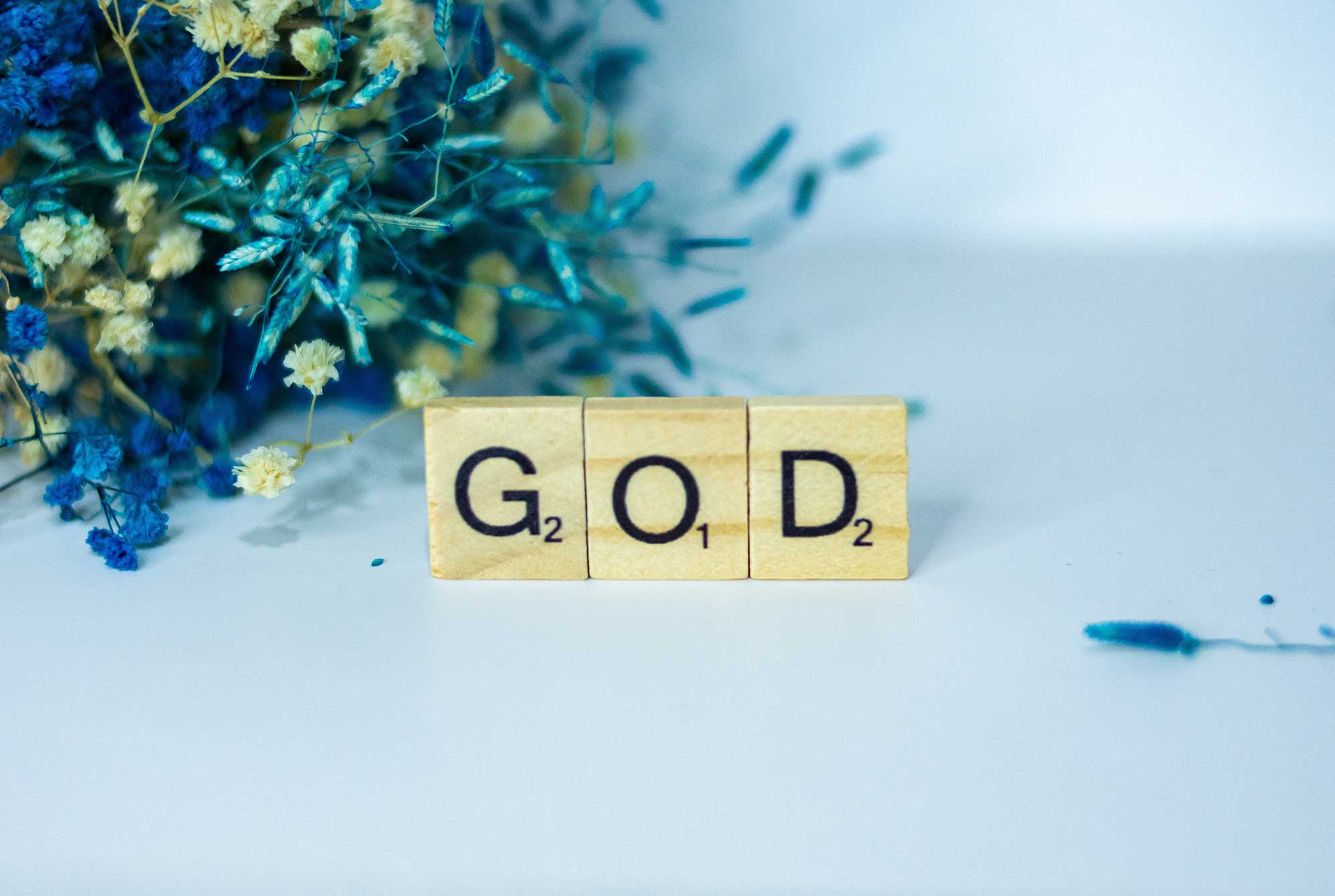
God’s Throne Room
Revelation 4First, let’s look at Revelation 4 in more detail.
In verse 2, we see “One on the throne”—God the Father.
In verse 3, a rainbow reminds us of the promise made by God after the flood, recorded in the Old Testament. It is a promise of hope.
In verse 4, we see 24 elders around the throne. They are dressed in white and have crowns on their heads.
Nowhere in the Bible are angels ever called elders. That title is reserved for humans. The evidence suggests they belong to those who are redeemed from the earth. Here are some reasons:
• They are wearing white garments. In Revelation, this is the dress of the faithful people of God.
• They have Stephanos crowns on their heads, which are victory crowns.
Stephanos is a victory crown, in contrast with Diadema, a royal crown. Stephanos is never worn by angels because they have not had to win the victory. Humans wear it as a sign of victory won.
Stephanos is a victory crown.
Humans wear it as a sign of victory won..

The number 24 is symbolic of two sets of 12.
Twelve is a crucial number in Revelation. Notice how often this number appears in Revelation, particularly when it talks of the holy city.
We have on the gates the names of each of the 12 tribes of Israel and on the foundations of the walls the names of the 12 apostles.
For both, the number is linked with the people of God.
In the earthly sanctuary, there were 24 courses of priests who took turns in ministering in the sanctuary (see 1 Chronicles 24:4-19).
The 24 elders are continually involved in worship and in presenting prayers from the saints to God (see Revelation 5:8), which is a priestly work.
The evidence suggests the 24 elders in Revelation 4 are glorified saints who represent the redeemed of all ages.
We are not told how they got to be in heaven but some have suggested they could be those who were raised when Jesus died (see Matthew 27:51-53).
If we put this alongside what Paul says in Ephesians 4:8, we know when Jesus ascended to heaven He took a host of “captives” with Him.
We could then have our answer: they went to heaven with Him as witnesses from humankind to God’s fairness in all His actions.
As the preparations for the inauguration ceremony in heaven got underway, these representatives of humanity would be ushered into the throne room before the ceremony began.
In this way, envoys from the whole universe, including humans, are able to express their approval at Christ’s enthronement in Revelation 5.
In verse 5, the “seven spirits of God” is most likely a reference to the Holy Spirit in completeness. The number seven is used in Revelation to denote fullness and perfection.
In verse 6, we see four living creatures: a lion, an ox, a man and a flying eagle. The descriptions of these creatures resemble the creatures Ezekiel saw in his vision and are identified as being cherubim (see Ezekiel 10:20-22).
The evidence suggests the 24 elders in Revelation 4 are glorified saints who represent the redeemed of all ages.

The Scroll and the Seals
Revelation 5
In verse 1, we see a scroll in the hand of God. The outside is sealed with seven seals.
To protect the contents of legal documents, a seal impression was made with a ring at the end of the written document.
Further, to protect the document from inappropriate disclosure, it would be tied with threads, and then the seal was impressed on blobs of clay or wax.
An unbroken impression would indicate that the sealed document had not yet been opened.
Only the owner could break the seals and disclose the contents.
In John’s day, the practise of sealing important documents with more than one seal was widespread in the ancient Near East.
According to Roman law, a will or testament had to be sealed with a minimum of seven seals by witnesses to render its contents valid.
The sealed scroll John describes appears to be rolled up, tied with a cord and sealed along the outside edge with seals of wax affixed at the knots.
This meant it could not be opened and its contents disclosed until all seven seals were broken.
Breaking all seven seals is preparatory to the actual opening of the scroll and the disclosure of its contents.
This scene of Christ sitting on the throne with the Father after His ascension in Revelation 5 is the same as described in Revelation 3:21.
In some respects, the coronation ceremony follows the ceremonies that accompanied the enthroning of the kings of Israel.
Here, again, we go back to the Old Testament to help us grasp the significance of what is happening.
Only the owner could break the seals and disclose the contents.

The promise was that one day, someone would become worthy to sit on the throne of David, Israel’s most famous king. The Messiah—or Anointed One—was to be a “son of David” and from the tribe of Judah.
The Messiah to come was often referred to as “the Lion of the tribe of Judah.” The lion was the symbol of the tribe of Judah.
In the coronation ceremony of the king of Israel, the first stage was in the temple and the second stage was in the palace, where the royal emblems were given to the king.
He was then anointed with oil. It is interesting to note that the Hebrew word for “Messiah” is drawn from this anointing, and became linked with the expectation that a Messiah (Hebrew word) or Christ (the Greek equivalent of the Hebrew word) would one day come to earth.
The coronation concluded with joyful acclamation as the people recognised the authority of the new king and submitted to it.
Then he was seen to be both ruler and judge in Israel.
The king of Israel was required to copy out a scroll as a symbol of transference of authority.
Deuteronomy 17:18-20 gives the instruction of how the king was to write out a copy of the law of the covenant.
As a first duty, the king was to make a copy of it for himself and read it, study it and obey it.
It was the covenant book—in many respects it is the constitution of the nation.
It showed how God was prepared to interact with His people, blessing them when they obeyed and punishing them when they disobeyed.
The covenant book— is in many respects the constitution of the nation.
It showed how God was prepared to interact with His people, blessing them when they obeyed and punishing them when they disobeyed.

The possession of the covenant book, and the ability to open and read it demonstrated the king’s right to rule.
The history of the Old Testament shows that only rarely did Israel’s kings follow the covenant book.
Whenever the king did not follow the instructions of the covenant book, the prophets would declare this book of the law would be sealed. Isaiah 29:9-14 links to not being able to read the scroll, caused by it being sealed through disobedience. Symbolically, this describes the inability of humans to discern and understand the revealed will of God.
When Jesus was on earth, Israel no longer had a king on the throne—from the line of David—leading the people in harmony with the covenant. Many people longed for the promised one to come and give them the leadership they needed. The New Testament recognises this was fulfilled in Jesus. (see Luke 1:32, 33; 4:18, 19; Acts 2:26).
In Revelation 5, the sealed scroll symbolises God’s promise to give the kingdom to His people. It is handed to Christ, demonstrating that His sacrificial death and resurrection brought the promise to fulfilment. In receiving the scroll, Christ was given Lordship: the authority and power to reign.
Worthiness at Crisis Point
But this scene in heaven reaches a crisis point in Revelation 5:3, 4. John weeps because no-one is found worthy. This means the human race faces trouble: the book of the covenant is sealed.
We have all broken the covenant and deserve to lose our place in God’s kingdom. We are only worthy of the curses of this book, which come from the fractured relationship between God and the human race.
In Revelation 5:5, John is told to look and see the Lion of the tribe of Judah, who is able to break the seals. He is the true son of David and He has triumphed.
What a contrast. John is told to look at the Lion of Judah.
A lion is a powerful creature. It hunts and devours its prey. Other animals are afraid of it and cower when it roars.
John looks and he sees a lamb
—a small, helpless creature, defenceless and innocent, and easy prey for other animals.
The fact Jesus overcomes by dying, challenges our human way of doing things. We prefer to approach God from a position of strength. We seek to win on the basis of our talents, not God’s grace.
But through the slain Lamb, we learn that true victory comes in sacrifice and weakness. The sacrifice of Christ compels us to depend on God’s vindication, rather than on our own abilities or efforts. Jesus sets the example of true victory and heaven summons us to follow Him.
God has lion-like qualities but it seems, most often, He does not choose to work this way.
As a Lion, He has the power of a ruler; as a Lamb, He shows the true spirit of a ruler.
Read Isaiah 53:4–7
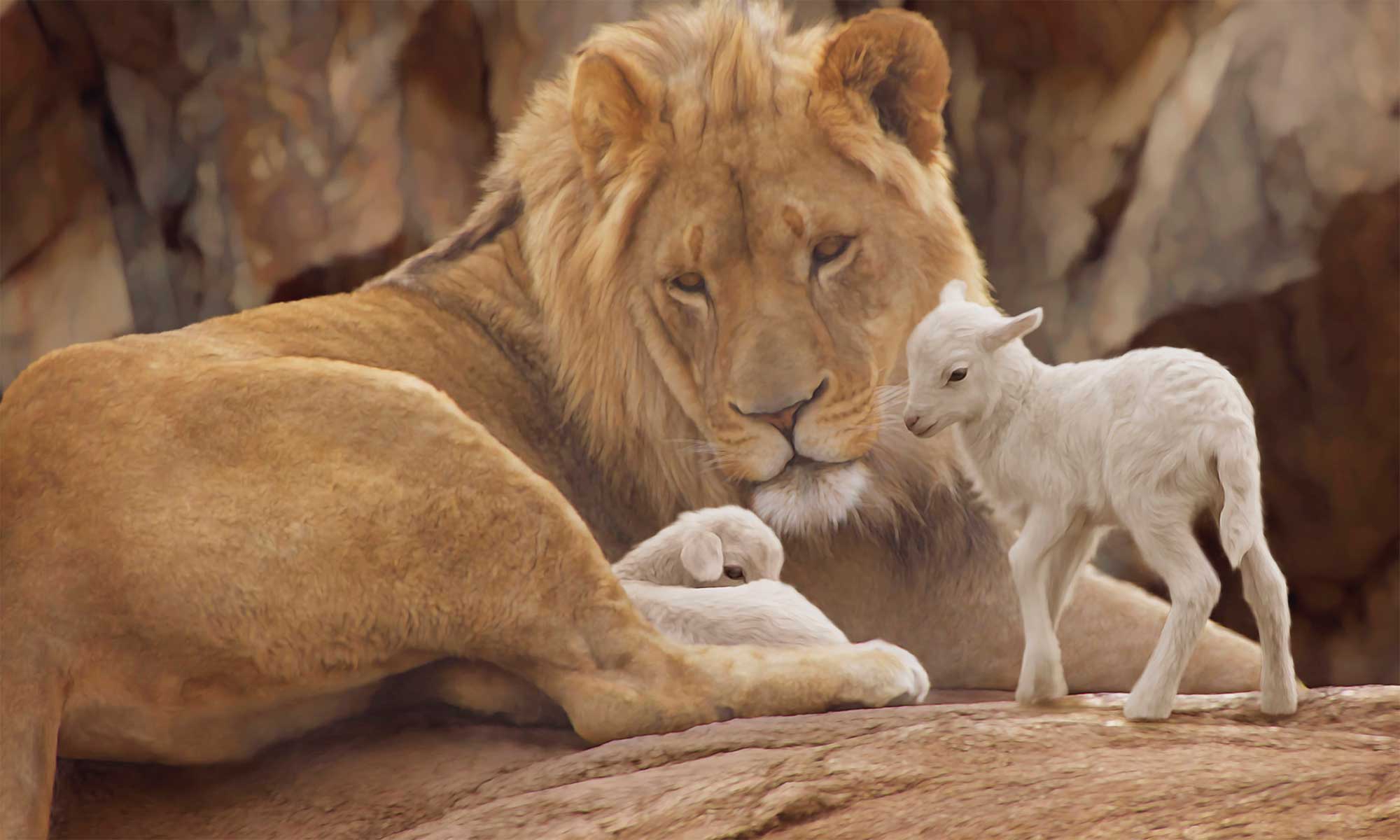
He conquers death by submitting to it.
In Revelation 5:8, the Lamb takes the scroll and it is said that He is worthy because He was slain (see verse 9).
The Lamb takes the book and when He does, an anthem of praise comes out from those who are around the throne. This is a description of the enthronement of Christ upon His ascension into heaven. And there is rejoicing in heaven.
The sacrifice of Jesus is accepted on behalf of all humanity. He is now our mediator in the heavenly sanctuary. He has gone into the presence of God and through Him, we all have direct access to God.
So whatever we are witnessing is the flow-on from Calvary. Revelation 5 reveals the moment in time when Jesus, in the heavenly temple, approaches the throne. He takes the sealed scroll as a symbol of the transference of authority and sovereignty Satan tried to claim. Then He sits on the throne of the universe, at the right hand of the Father, and receives the shouts and adoration that belong only to royalty.
The king was regarded as both ruler and judge, and would usually proceed to punish those who had been rebellious and bestow favours upon those who had been loyal. So this sets the scene for what is happening in the rest of the Book of Revelation.
From the throne room come pronouncements of justice for those who accept and those who reject their Creator.
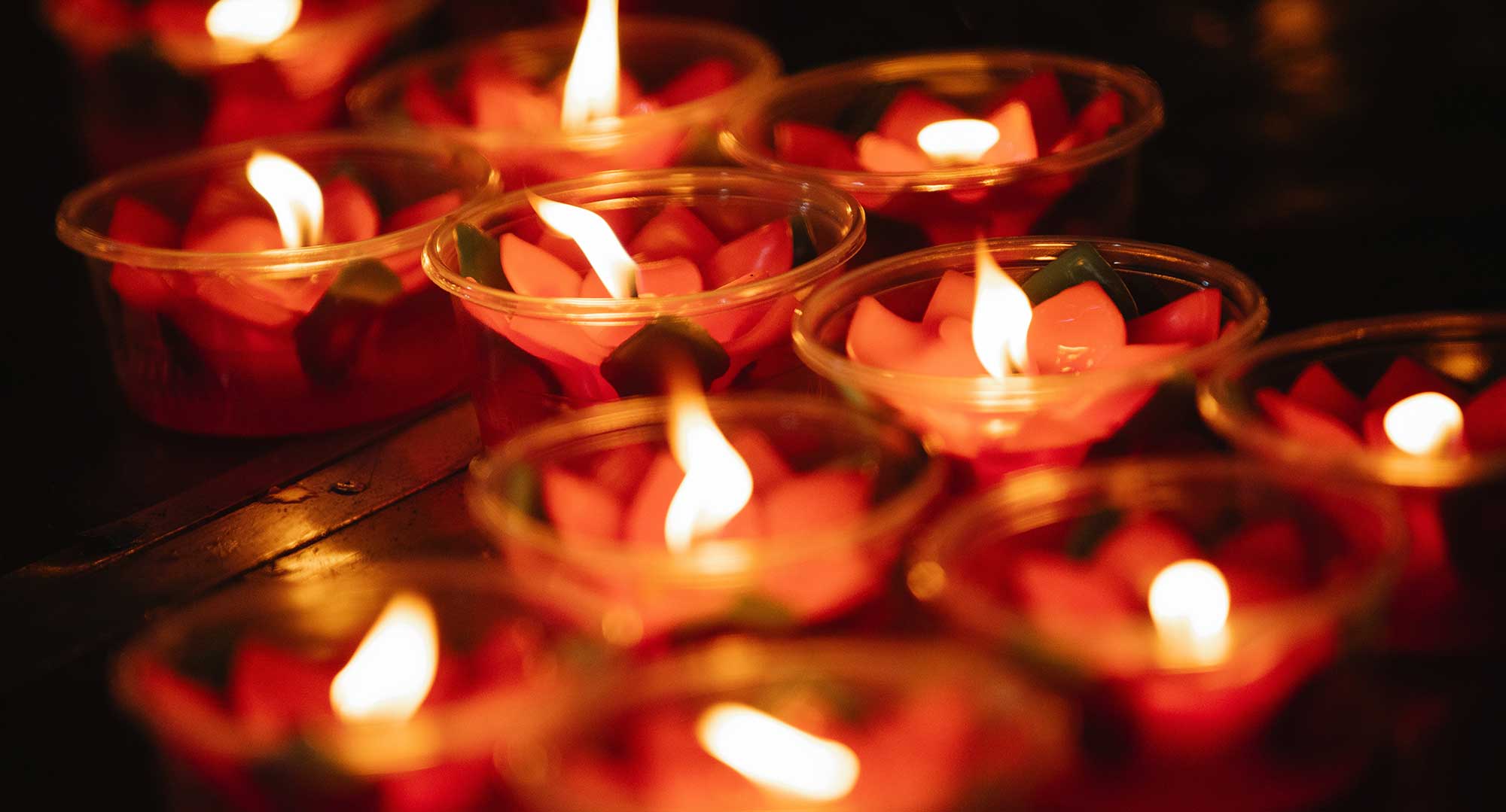
A Reminder of what Pentecost Means.
This scene in heaven is matched by Pentecost on earth, as recorded in Acts 2:32, 33. The Holy Spirit’s work is to bear witness to Jesus.
Jesus said He must go away for the Holy Spirit to come (see John 16:7).
Revelation 5:6 talks of the Holy Spirit going out to all the earth. Pentecost was God’s way of telling us here on earth that the ministry of Jesus had been accepted and was now beginning.
This sets the ground for us to approach the loosening of the seven seals. We are on the right track, coming as a follow-on from Calvary.
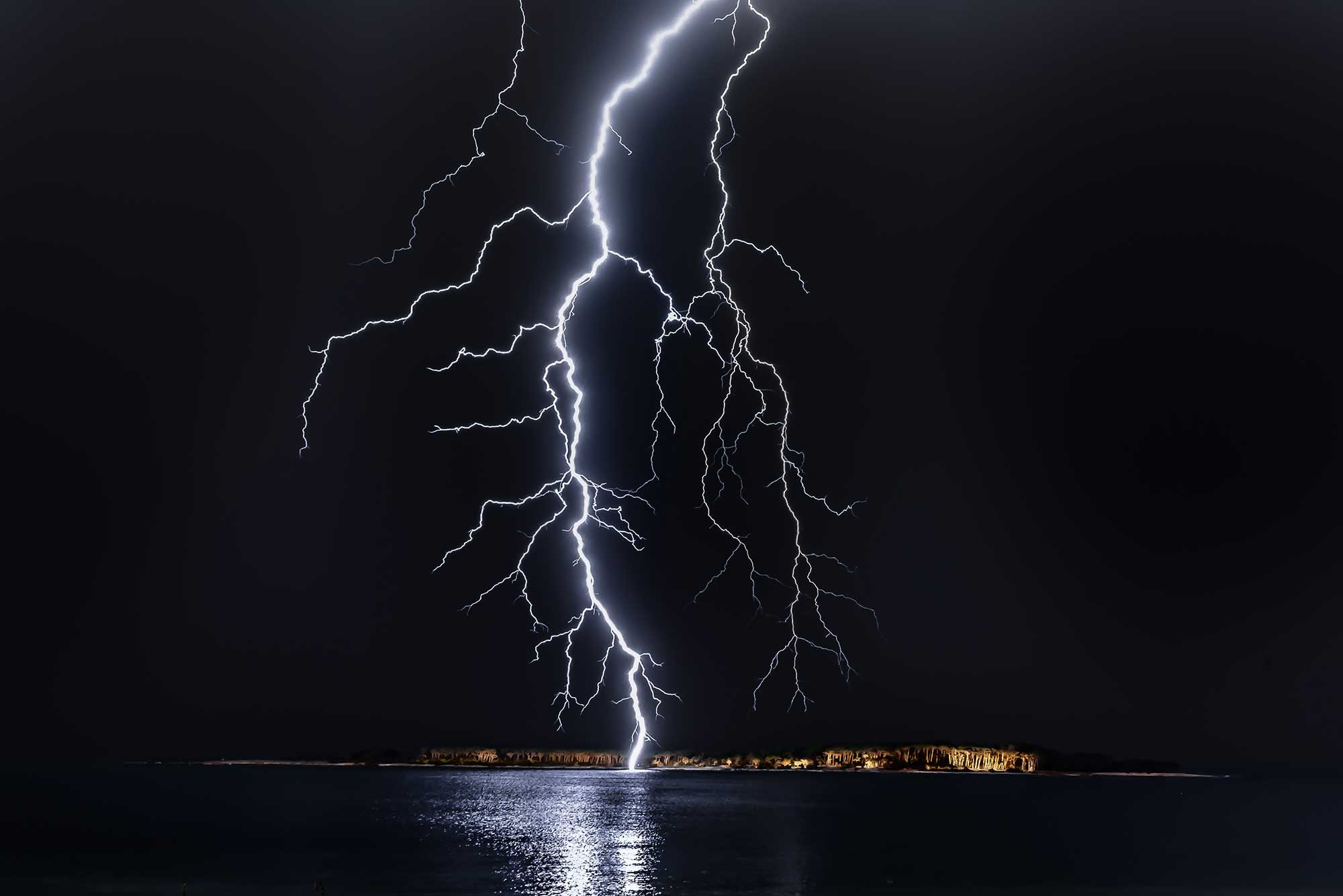
The Universe Praises the Lamb who was Slain.
This is the last in a series of five hymns in Revelation 4 and 5:
In Revelation 4:8, the four living creatures sing a song based on the “Holy, holy, holy” of Isaiah 6. They direct their hymn toward the “One sitting on the throne,” presumably the Father.
In Revelation 5:12, an innumerable host of angels join in the chorus of praise to the Lamb.
Finally, in Revelation 5:13, 14, the One on the throne and the Lamb receive praise together as the entire universe offers one single harmony of praise.
The last of the five hymns is the climax:
- The first two hymns are sung to the One on the throne and focus on Creation.
- The next two hymns are sung to the Lamb and dwell on salvation.
- The last of the five hymns praises both together.
We also notice a progressive increase in the size of the groups that sing these hymns:
- The four living creatures present the first and the 24 elders the second.
- In the third hymn, the four living creatures and the 24 elders join together in singing.
- In the fourth hymn, a massive angel choir accompanies the four living creatures and the 24 elders.
- And finally, every creature in the entire universe proclaims the fifth hymn.
The sequence of Revelation 4 and 5 moves toward the great climax in which the Lamb joins the Father on the throne.
The major point of this passage is the exaltation of the Lamb to equal status with the Father.
While it is a status He clearly had before the cross (see Revelation 1:12-18), after His death, fresh praise declares the glory of Jesus Christ.
His mighty self-sacrifice on the cross raises the acclamation of heaven to new heights never seen before.
Never again will God be praised without mention of who the Lamb is, what He has done and why He is accounted worthy.
The joy and integrity of the universe now centres on the worthiness of the Lamb.
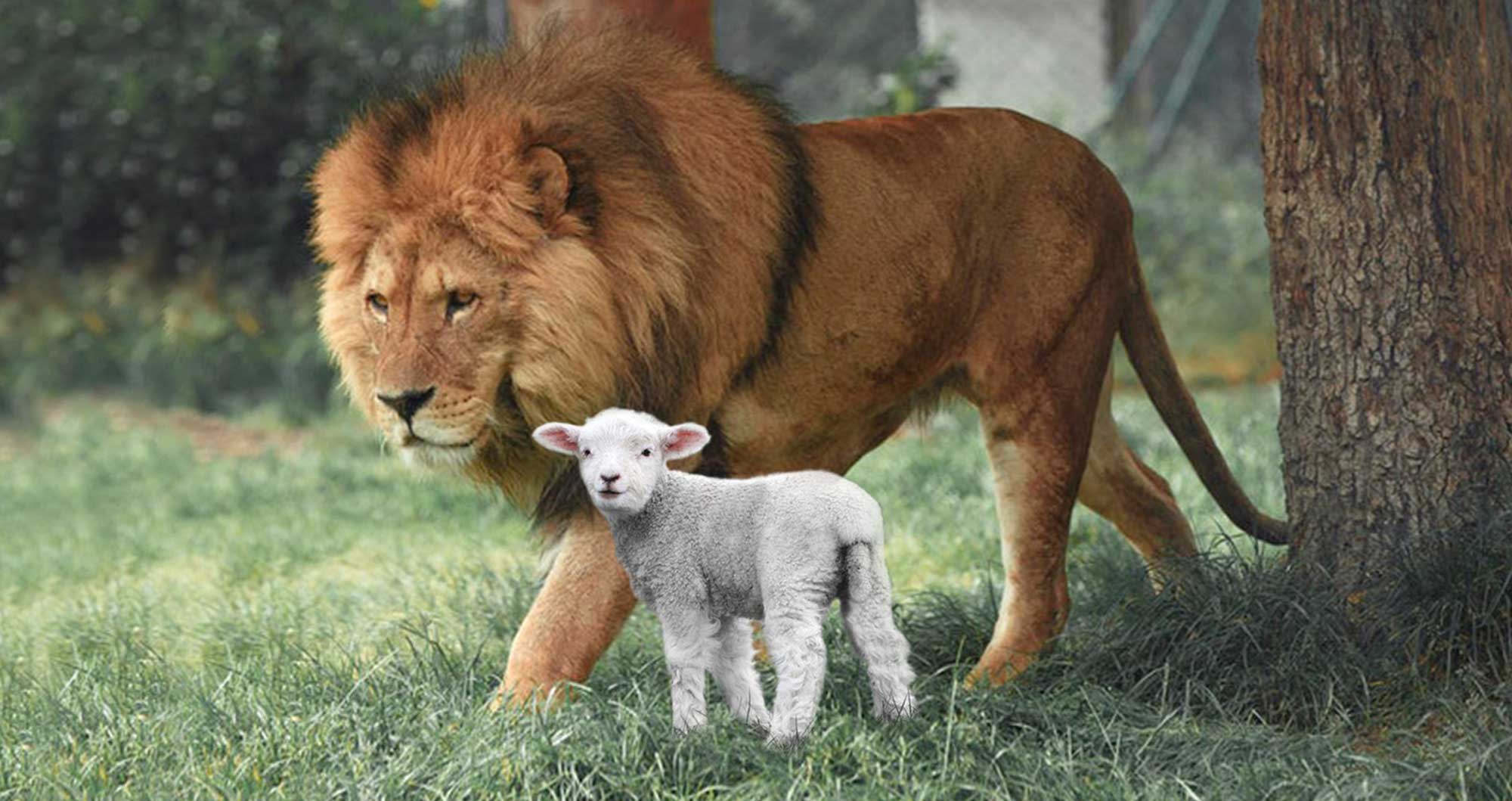
For a little more……..